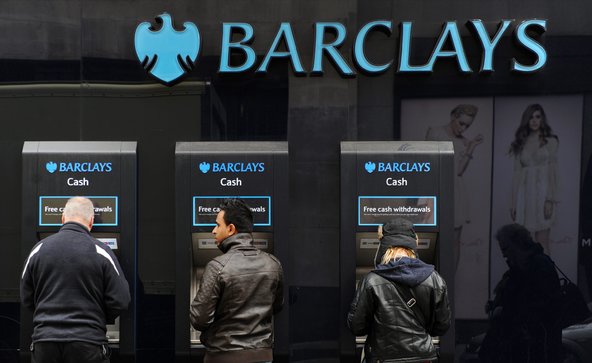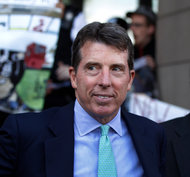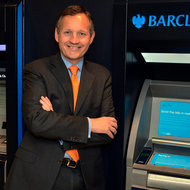BB Seguridade, the biggest insurance company in Latin America, raised $5.74 billion late Thursday in the largest initial public offering in the world so far this year.
The shares were priced at 17 reais each — within the range of 15 to 18 reais expected in the offering’s prospectus. The company is selling 675 million shares, or about a third of its total capital.
The share total includes a 175 million shares in additional and supplementary lots, whose sale will be finalized on May 28.
If all those shares were sold, it would be the second-largest I.P.O. in Brazil’s history, after Banco Santander Brasil’s $8 billion offering in 2009.
BB Seguridade’s shares will begin trading Monday on the Bovespa, the São Paulo stock exchange.
The deal occurred two days later than originally planned, as the CVM, Brazil’s securities regulator, required a delay because of irregularities in publicity documents earlier this month.
BB Seguridade has 16.5 percent of Brazil’s insurance market and operations in many other South American countries, mostly through its subsidiary Mapfre.
The money raised in the I.P.O. will go to BB Seguridade’s parent, the government-controlled Banco do Brasil, which still owns 70 percent of the company.
Banco do Brasil is already the largest financial institution in Latin America, and the capital raised in the offering should permit it to grow further through acquisitions.
Indeed, according to the I.P.O. prospectus, BB Seguridade is planning to accompany Banco do Brasil “in expanding its activities outside of Brazil, with a focus on Latin America… either through strategic partnerships or acquisitions.”
Banco do Brasil’s investment bank, BB Investimentos, was the lead underwriter for the offering, with JPMorgan Chase, Bradesco BBI, Itaú BBA, BTG Pactual, Citigroup, Brasil Plural, and Banco Votorantim also involved,
Brazil’s I.P.O. market was mostly dormant last year, with only three companies going public. The investment bank BTG Pactual raised $1.9 billion last April, but it did not pave the way for further big deals as local investment bankers had hoped.
This year is already proving to be a more robust market.
Besides BB Seguridade, the software companies Linx and Senior Solution, the sugar-cane processor Biosev, the electricity company Alupar and the airline Gol’s frequent-flyer program Smiles have held offerings this year, though these deals been well under $1 billion.
Another megadeal is waiting in the wings, however.
Votorantim Cimentos, Brazil’s largest cement producer, has filed documents for an I.P.O. that could raise as much as $5.4 billion through selling both shares in São Paulo and American depositary receipts in New York.
Article source: http://dealbook.nytimes.com/2013/04/25/brazil-insurer-prices-biggest-i-p-o-of-the-year/?partner=rss&emc=rss






